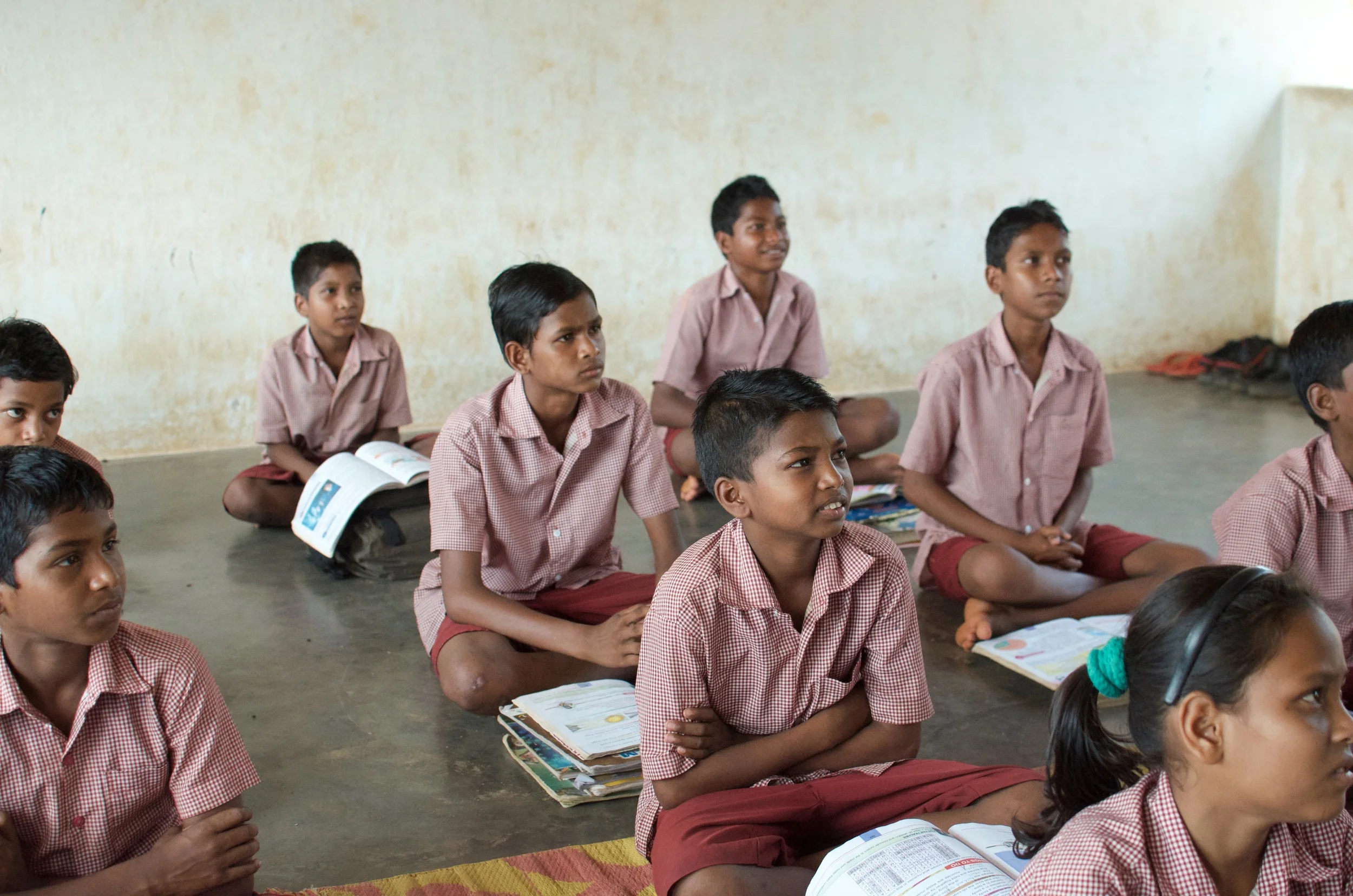Jhola Children's Home
The Jhola Children’s Home is Helping Point’s most recent major project. It was established in Odisha to provide for families who had been victims of religious violence in 2008. These attacks were devastating and many Christian families were forced to flee their homes after their property was destroyed. Families battling poverty were left with no prospects, as the little they had was taken from them. Many lost friends and family in the violence and spent months hiding in the surrounding forests, trying to survive. While some government assistance was later offered to the survivors, in most cases it was not enough to allow these families to rebuild their lives and provide for their children.
The Jhola Children’s Home was founded based on Helping Point’s conviction that as Christians we are called to share in the suffering of our persecuted brothers and sisters. Jhola is a project designed to provide a home to children who lost their parents in the attacks, or whose parents are no longer able to adequately provide for them. There are currently twenty-five children, ranging in age from 5 to 15 years, living at the home, which operates out of a small church building and is run by the church pastor and his wife. The local government supports the project by providing the children with free education and textbooks at the nearest school.
All of these children have witnessed a great deal of violence and lack any sense of stability in their lives. Jhola provides refuge for these children and demonstrates, through care and compassion, the love that Jesus has for them. Helping Point’s vision goes beyond meeting the immediate physical needs of these children. Its vision is to restore to these children a sense of their dignity and self-worth to bring transformation and healing to their lives.
St. Simon's School
St. Simon’s School, located in the state of Odisha, is Helping Point’s largest project. The school was founded in 2002 and works to meet the pressing need for education in rural India. St. Simon’s School currently educates, feeds and cares for over 200 children, ranging in age from 4-16 years, primarily from the Dalit (formerly so-called “Untouchable") and Adivasi tribal communities. Many of the students come from poverty-stricken families who are unable to provide them with the basic necessities.
Education is widely recognised in India as one of the most necessary tools in the struggle against poverty. Helping Point’s vision for St. Simon’s School is to offer a systematic English education to underprivileged children, with the hope that it will help to lift them, and their families, out of extreme poverty. The Christian school teaches the children about God’s love through Bible teaching, daily prayer and worship. Helping Point strives to raise up young men and women who can be leaders for their communities, eagerly showing Jesus’s love to those around them.
Helping Point employs a team of dedicated staff members, many of who come from the same region themselves and are committed to serving the students’ holistic development. By hiring these individuals, who have a deep understanding of the issues faced by these children and their families, Helping Point provides much-needed employment opportunities to rural Indian communities. Both the teachers and staff members strive to provide a safe and loving environment for the young students, where they can thrive, learn and grow.
Community Centres
There are currently ten Helping Point Community Centres operating in small towns and villages across the states of Andhra-Pradesh and Odisha. The main purpose of the centres is to provide a higher quality of education for children who would otherwise have little chance to progress beyond primary education. In many of these regions, the local schools are underfunded and understaffed, making them poorly equipped to meet the needs of their communities. There is a need for more adequate educational opportunities for children living in rural areas, in order to provide them with better job prospects for the future and to give them a chance to break out of the cycle of poverty. In some cases, children as young as six or seven-years-old are required to work, rather than attend school, in order to help support their families. While the Community Centres provide local children with increased access to education, they also seek to meet the physical needs of their students through regular meals and health check-ups, relieving families of some of the pressures they face on a daily basis.
The Helping Point Community Centres seek to function as a part of the community; the staff members live in the village and usually run the Centre out of their homes. They are continually building trust between peoples of different faiths, as the centres are often located in areas impacted by religious tension. Local people have been overwhelming thankful for the centres because of the hope that Helping Point is bringing to their communities. The Centres are a witness to God's love and care for all people.




